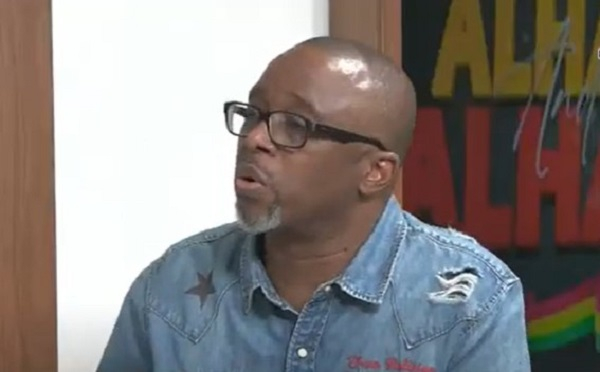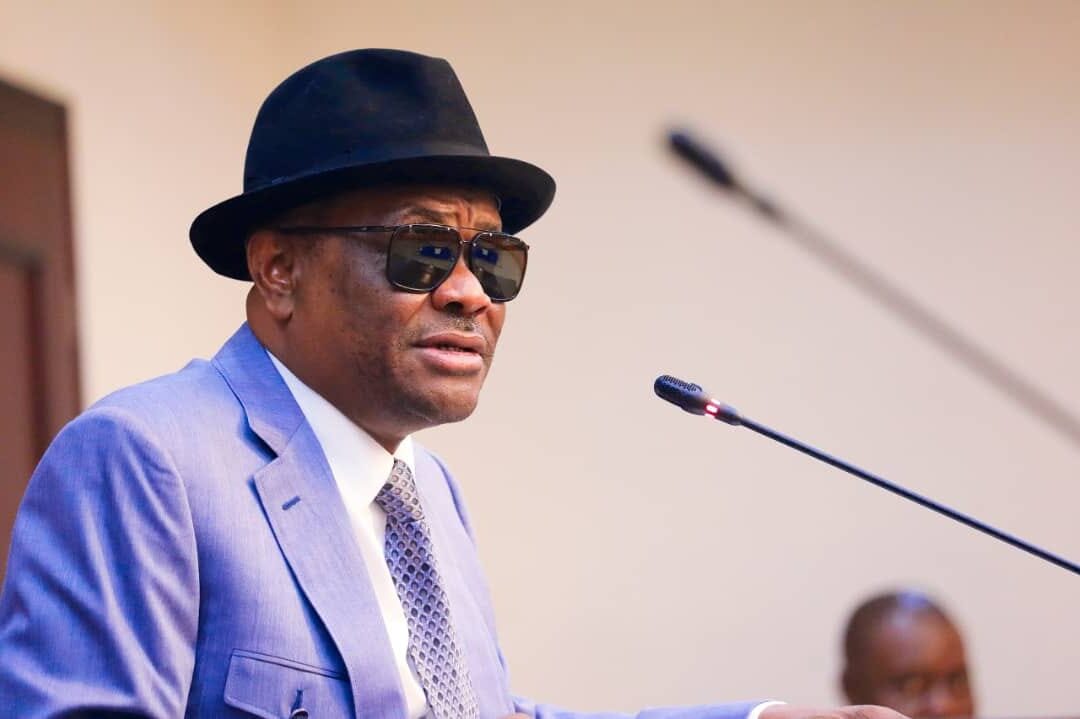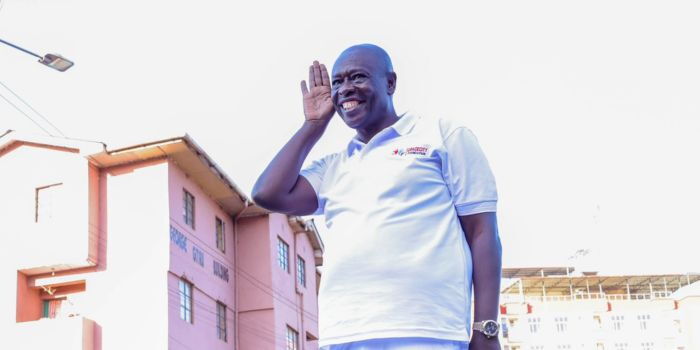Cecilia Alemani interview
Director and Chief Curator of New York’s High Line Art since 2011, Cecilia Alemani has played an instrumental role in the elevation of public art and the transformation of West Chelsea. In addition to organizing public group shows and commissioning major projects from artists such as Phyllida Barlow, Carol Bove, Rashid Johnson, and Adrián Villar Rojas, she has also introduced new platforms such as the “High Line Plinth,” which was inaugurated with Simone Leigh’s Brick House in 2019. From 2020 to 2022, Alemani served as the artistic director of the Fifty-Ninth Venice Biennale; her exhibition “The Milk of Dreams” highlighted women and gender-nonconforming artists for the first time in the Biennale’s history. Alemani continues to curate widely: Her show “Willem de Kooning: Endless Painting” is on view at Gagosian’s 555 West Twenty-Fourth Street gallery in New York through June 14, and her SITE Santa Fe Twelfth International, “Once Within a Time,” opens June 27.

Curating, at its heart, is the art of telling stories through artworks and objects, images and text. It’s the ability to weave together seemingly disparate elements, to find that delicate balance between the artwork, the exhibition space, and the stories they evoke. The curator’s talent lies in creating a platform where these three elements—artwork, space, and narrative—resonate, sometimes harmoniously, at other times discordantly, while each retains its distinct voice.
I was just in Chicago, where I saw a brilliant show, “Let’s Get It On: The Wearable Art of Betye Saar,” curated by Dieter Roelstraete, at the Neubauer Collegium.
I’m excited to go see the Thirty-Sixth Bienal de São Paulo, curated by Bonaventure Soh Bejeng Ndikung; the Fourteenth Taipei Biennial, organized by Sam Bardaouil and Till Fellrath; and “Paris Noir: Artistic Movements and Anti-Colonial Struggles, 1950–2000”at the Centre Pompidou in Paris.
Okwui Enwezor’s Documenta in 2002 was a transformative experience for me. I was amazed by the sheer complexity of the project, coupled with the generosity of his curatorial thinking. His powerful survey demonstrated how to simultaneously move, provoke, and educate—and to tell multiple stories at once.
As I was working on my current Gagosian exhibition, “Willem de Kooning: Endless Painting,” I revisited some of the old reviews of his work and was struck once again by Peter Schjeldahl’s memorable voice. His criticism was characterized by its pungent and concise style, delivering keen insights with a memorable turn of phrase. I miss his voice very much. His comment in the New Yorker on the 2011 MoMA retrospective stayed with me: “De Kooning continually contradicted the reigning styles and ideas of his time, including ones that boded, now and then, to become his own. If you cherish the ox of any aesthetic or ideological bias, he’ll gore it.”
My current work considers the role of art institutions, particularly on the global stage. I’m grappling with the challenge of curating exhibitions with an international scope, while simultaneously reflecting the individualities of lived experience and the distinctiveness of specific locales. Museums worldwide increasingly resemble one another in their architecture and collections, and the question arises: How can we transform them into spaces with unique identities, capable of articulating stories that are both universal and personal? In this context, the Turkish author Orhan Pamuk has been a profound influence on my thinking, especially as I approached a large-scale project like the SITE Santa Fe Twelfth International. His work with the Museum of Innocence in Istanbul, and his “Modest Manifesto for Museums”—in which he posits that museums should move beyond constructing grand narratives of society, nation, or civilization to illuminate the nuanced humanity of individuals—has been particularly formative. As he has said elsewhere, “The real challenge is to use museums to tell, with the same brilliance, depth, and power, the stories of individual human beings.”
How to preserve a critical tension among politics, freedom of speech, and artistic expression without compromise.
That it’s both an art and a science, far more complex than simply arranging objects on a wall. It transcends the sum of its parts. Curating is the act of forging resonant connections between objects and ideas, creating a network of rhymes, echoes, and affinities that ignite the viewer’s imagination, offering new perspectives and interpretations.
Immerse yourself fully in the art world. See as much art as possible, visit artists in their studios, and cultivate your critical voice by writing reviews—even just for your own website, blog, or social media platform.Be curious, read a lot, look around. Be present and engage with the community: Explore everything from galleries and museums to auctions, nonprofit spaces, and even the art displayed in your local bar. Train your eye by experiencing both good and bad exhibitions, and strive to understand the intricacies of the art system. Be proactive in proposing exhibition ideas and seeking guidance and mentorship from established curators. Like it or not, relationships matter a lot in this profession—not necessarily in a cynical sense, but because it’s something that we do together.
Facilitate the realization of their vision. This involves fostering a strong relationship between the artist and the institution and translating that vision for the public with discretion and nuance. As a curator, I feel I am a thought partner, a sounding board, and, at times, a mom. ;‐)










